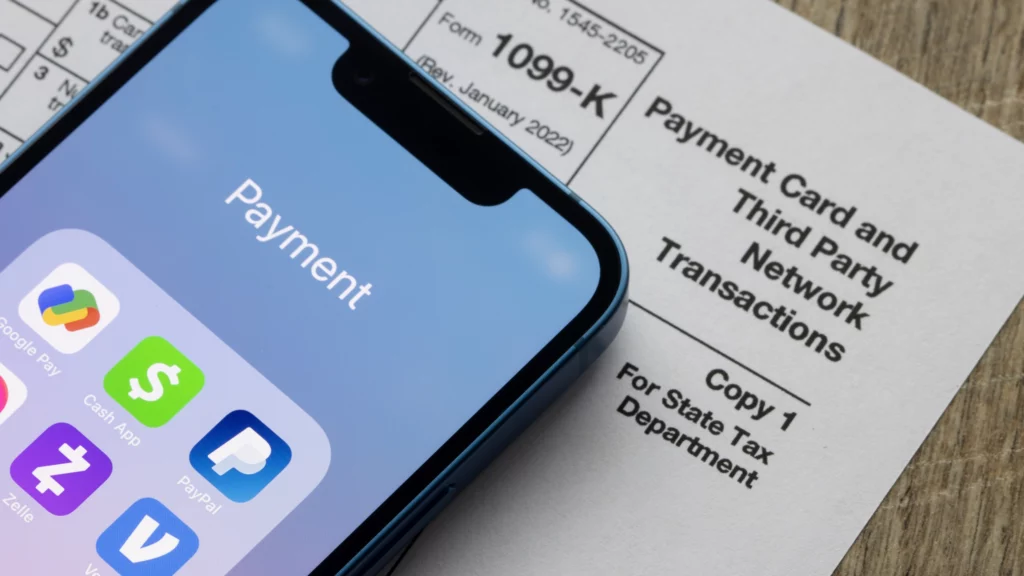I almost never have cash in my wallet, but I don’t worry about it because I have credit cards and peer-to-peer payment systems that I can count on. P2P payment services have completely changed how money moves through the economy. 149 million Americans, or 62% of smartphone users, use these services to pay their friends and bills. From 2019’s 90 million people, this number has grown a lot, and it doesn’t look like it’s going to stop. As more people switched to digital payment methods in 2020, the value of the stocks of companies that offer payment services like PayPal, which owns Venmo, and Square, which owns Cash App, went up. Even though this is true, Zelle, a new company that launched in 2017 and is owned by seven large banks, is different because it doesn’t have a separate way to make money. Instead, P2P services are being offered by a group of banks that work together. As with any P2P service, there is a chance of fraud, which can cost users money. What steps are being taken to stop fraud on the platform, and why did the banks make Zelle in the first place?
Business Model
Using Zelle, a P2P payment system, you can instantly transfer money from your bank account to another user’s bank account. Seven major banks, including Bank of America, Truist, Capital One, JPMorgan Chase, PNC Bank, U.S. Bank, and Wells Fargo, jointly own and run Early Warning Services LLC. Zelle is used by more than 1,800 financial institutions in the US.
To compete with well-known P2P payment apps like Cash App, PayPal, and Venmo while enticing users to keep a steady banking relationship, banks developed Zelle. The goal of the banks was to develop a system that would enable customers to send and receive money quickly and easily using only their bank account information. The banks do this in an effort to retain clients who might otherwise use rival peer-to-peer (P2P) payment services.
According to estimates, in 2022, more money will be transferred through Zelle than through Venmo, PayPal, or the Cash app put together. Although Zelle’s main objective was not to boost sales, it does aid in keeping customers.
The Rise Of P2P Apps
Peer-to-peer (P2P) payment apps entered the modern era with the launch of PayPal in the late 1990s. when eBay was still a baby. It was a fantastic invention that emerged shortly after 2000. This was especially helpful in the context of an online auction because it made it simpler for strangers to conduct business together. And up until fairly recently, we used checks for all of these types of payments. To address this issue, peer-to-peer transactions were created. PayPal, a platform for sending money between people, stepped in to fill this gap. In the early 2000s, a number of financial institutions made an effort to take on PayPal, but they all fell short.
Due to the fact that rivals like PayPal provided comparable features for free and even offered referral bonuses, their attempt to charge for services was flawed. In hindsight, I think that their naive attempts to imitate PayPal were what ultimately led to their demise. They were trying to profit from something that was already freely available. It is evident that they have taken note of this given that Zelle is a free P2P mechanism. Additionally, there was a significant rise in fraudulent activity, which led banks to stop supporting P2P payment systems.
Zelle Challenges Venmo and PayPal
In the early stages of any new product or service, fraud and gaming are unavoidable; what matters is how quickly a company can learn from these experiences and apply them to subsequent iterations of the product. This aspect directly affects the service’s long-term viability. Furthermore, whereas fintech may be more willing to take some risks in the name of learning, financial institutions have a lower tolerance for such things. The company’s history with Venmo began in 2009. Following its acquisition by PayPal in 2013, popularity grew. Cash App also made its debut in 2013.
It makes sense for banks to attempt to compete there. Mobile banking apps are heavily used by customers, but no one wants to profit from a market where so many people are already using third-party competitors. In a sense, that’s when Zelle got involved. There are therefore important differences between Zelle and Venmo.
It seems to be a rival in the area of financial technology that streamlines account transfers. However, Zelle doesn’t take advantage of as many of the ways Venmo does with its user base. Despite being the most widely used, Venmo is not as active as PayPal, its rival. As a result, purchases will be less expensive than usual. The average payment made by Zelle, however, is much larger. This is because it is frequently used when working with large sums of money. While I use Venmo for social interactions, I use Zelle to pay my rent. And since this duality is so prevalent, competition in this area is particularly intriguing because it isn’t always a “winnable space.” In this market, providers compete for volume, but the types of volume they provide can differ. You might be able to persuade users to switch to your platform even if they are content with their current one.
Fraud and Scams on the Rise in P2P Payment Apps
On peer-to-peer (P2P) payment apps like Zelle, PayPal, Venmo, and Cash App, fraud and scams are on the rise. This demonstrates the tension between strict security and usability. Seven banks own Zelle, and there have been more fraud allegations recently. Four of the banks reported fraud claims totaling more than $90 million in 2020; this amount is anticipated to rise to nearly $236 million in 2021 and more than $255 million in 2022. However, the majority of banks don’t reimburse customers who have been defrauded, so it is up to the customers to take precautions.
P2P fraud is more commonly caused by human error and social engineering than by flaws in the platforms. Companies may find it challenging to keep up with the changes as online fraudsters develop new strategies for deceiving consumers. Three approaches are being used by Zelle and other businesses to address the fraud issue: a tech-driven strategy that relies on AI and machine learning to verify identities; awareness-raising campaigns to increase public awareness of fraud risks; and rumored reimbursement plans in which banks would compensate fraud victims whose claims were found to be legitimate.
Customers Urged to Take Precautions
Consumers might still need to take precautions against P2P fraud in spite of taking all of these measures. However, most of the legal responsibility and liability falls on the customers, who may be liable for up to $500 in some cases. Businesses can investigate the situation and decide whether or not to return the money. Due to this, it is crucial for users of P2P payment apps to educate themselves and practice proper safety precautions.
High Competition In Market
Although there is intense competition in the market, things are complicated because people frequently use multiple apps for various use cases. As a result, I would say that the majority of P2P users use more than one of these platforms—possibly even all four—but in various ways. The businesses are vying for a larger user share across a range of age demographics.
According to a July 2022 Pew Research Center survey, only 20% of people over 65 said they use Zelle, compared to 41% who said they use PayPal. What we want to see is a rise in the number of older, wealthier, and more affluent people who use fintech as their main method of accessing financial services. Generation Z and even Generation Alpha constantly use digital technology. Their smartphones are their life and death. Everyone wants to connect with this audience.
A teen account for Cash App has already been released. This year, Venmo appears to be investigating it. It’s a promising opportunity for growth because if you can attract people when they’re very young, they might develop lifelong habits around you. The branding is advantageous because it prevents you from focusing on Citi’s or Wells’ specific P2P payment system. The network’s participating financial institution landscape appears to be very cohesive.
All of those factors, in my opinion, are positive. In contrast to Cash App, PayPal, and Venmo, which are primarily growing as a result of viral P2P benefits, they are attempting to address some of the frequently problematic aspects of interacting with the banking industry. Providers are working to introduce new features. I’m curious to learn how they intend to strengthen ties and increase volume with these new offerings.





Leave a Comment
You must be logged in to post a comment.